On Location in Stung Treng with UNICEF – NGO filmmaker on a case study
While filming an overview video for Generation Future, part of the assignment was to work as an NGO filmmaker to focus on Panha, a girl who joined the Code for Girls programme to work as a student volunteer.
Code for Girls is a project for girls to to learn about coding and engineering, which are both STEM (science, technology, engineering, and mathematics) subjects.
It’s important to encourage girls to participate in STEM subjects as they’re often seen as subjects more suited to boys.
‘Most of the time, girls’ parents don’t let them study STEM subjects,’ says Panha.
‘After completing high school, I’d like to go to university. I’d like to study IT or engineering,’ she adds.
Panha has been interested in robotics since she was young and Code for Girls is a great opportunity for her to learn more.
‘I’ve been interested in this since I was 10. I found out about it on YouTube. There are so many things to watch,’ she says.
‘It’s predominantly men who make robots, but I think women can make them as well. If male students can study IT, why can't girls?’ she adds.
This has been a great opportunity to learn new skills.
‘The most interesting part was drawing a 3D model on the computer. After creating our designs, we got to print them on a 3D printer. I’m really happy, because I’ve never done anything like this before,’ she say.
Over the coming months, Panha will work with her project leaders and peers to train other students as part of the project.
‘I’d like to be able to provide training for girls like me. to improve their skillset and for them to
understand how to put what I teach into practice,’ she says.
‘I would like to encourage all girls to be confident in studying STEM subjects. They can be role models for the next generation of girls to look up to,’ she adds.
I look forward to catching up with Panha in a few months’ time, when we’ll be making a follow up video to see the progress she’s made and how she’s managed to train and empower other girls in her community.
You can read more about the other Generation Future video I made here.
Don’t hesitate to get in touch if you need an NGO filmmaker to work on any upcoming projects
On assignment as an NGO videographer for UNICEF in Stung Treng
I’d worked as an NGO videographer on a Generation Future video for UNICEF a couple of years ago, so it’s always good to get the call to come back and make a follow up video to show how the programme has progressed / evolved.
We filmed the last video in Siem Reap Province. This time the location was Stung Treng Province with a focus on female empowerment and getting more girls involved in STEM subjects (Science, technology, engineering, and mathematics.
This area where girls are underrepresented. They can also face barriers when trying to study STEM subjects.
Four Generation Future projects, Code for Girls, Cyclo Day, Meakea and RULErs, ran workshops to recruit and train 48 student volunteers from 4 schools in Stung Treng Province. All the groups featured female trainers and female student volunteers.
‘Code For Girls is a project that encourages girls to learn about coding and engineering,
which are both STEM subjects,’ says Sereny, the Code for Girls project leader.
‘We want them to use coding and 3D printing to come up with solutions to solve everyday problems,’ she adds.
‘I really enjoyed learning how to draw 2D and 3D models. I’ve never done this before,’ says Sovy, one of the student volunteers.
‘I've learnt a lot of new skills and gained a lot of new knowledge,’ she adds.
‘I’d like to see all Cambodian girls being confident and assured in the decisions they make,’ she concludes, which is a sentiment we can all agree with.
It was great working with the future generation of trainers and volunteers. Living in a country with such a young demographic, it’s essential that the younger generation, especially girls, learn leaderships skills and demand a voice in the decision-making process.
You can see the last video I made for Genreation Future here and more examples of my NGO videography work here.
Please don’t hesitate to get in touch if you have an NGO videography you would like to discuss.
Photographing FELM's Bilingual Education Programme in Ratanakiri
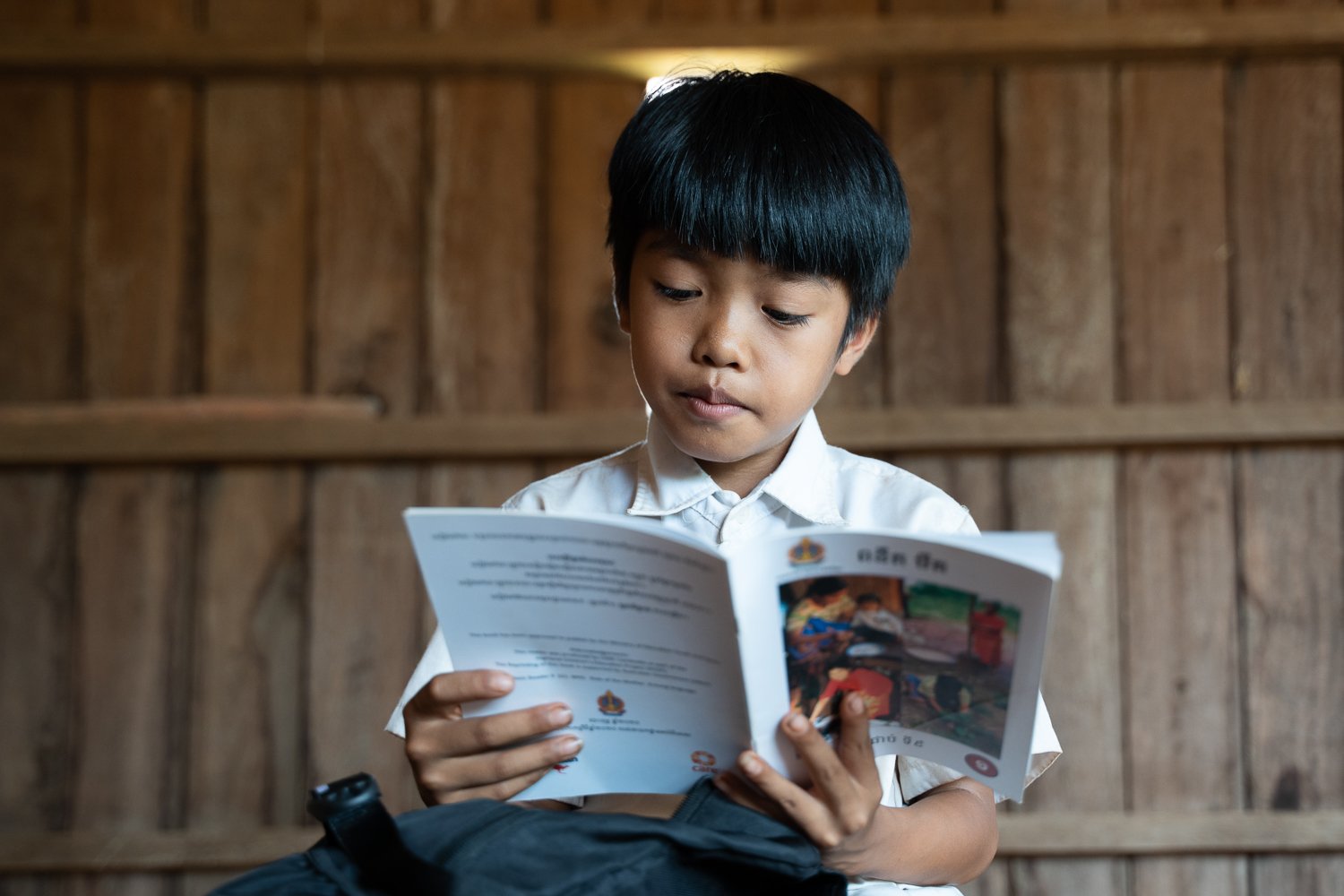
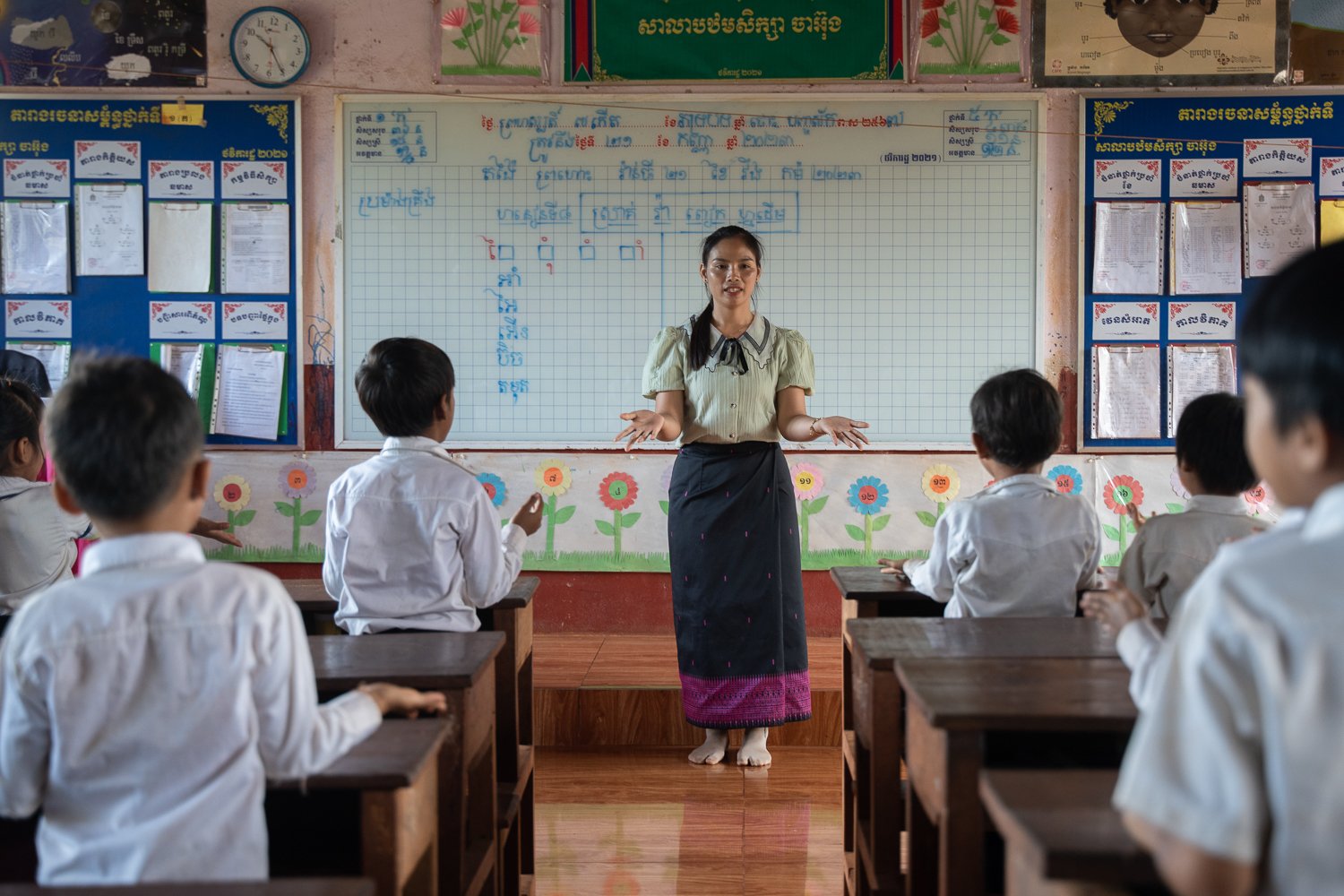
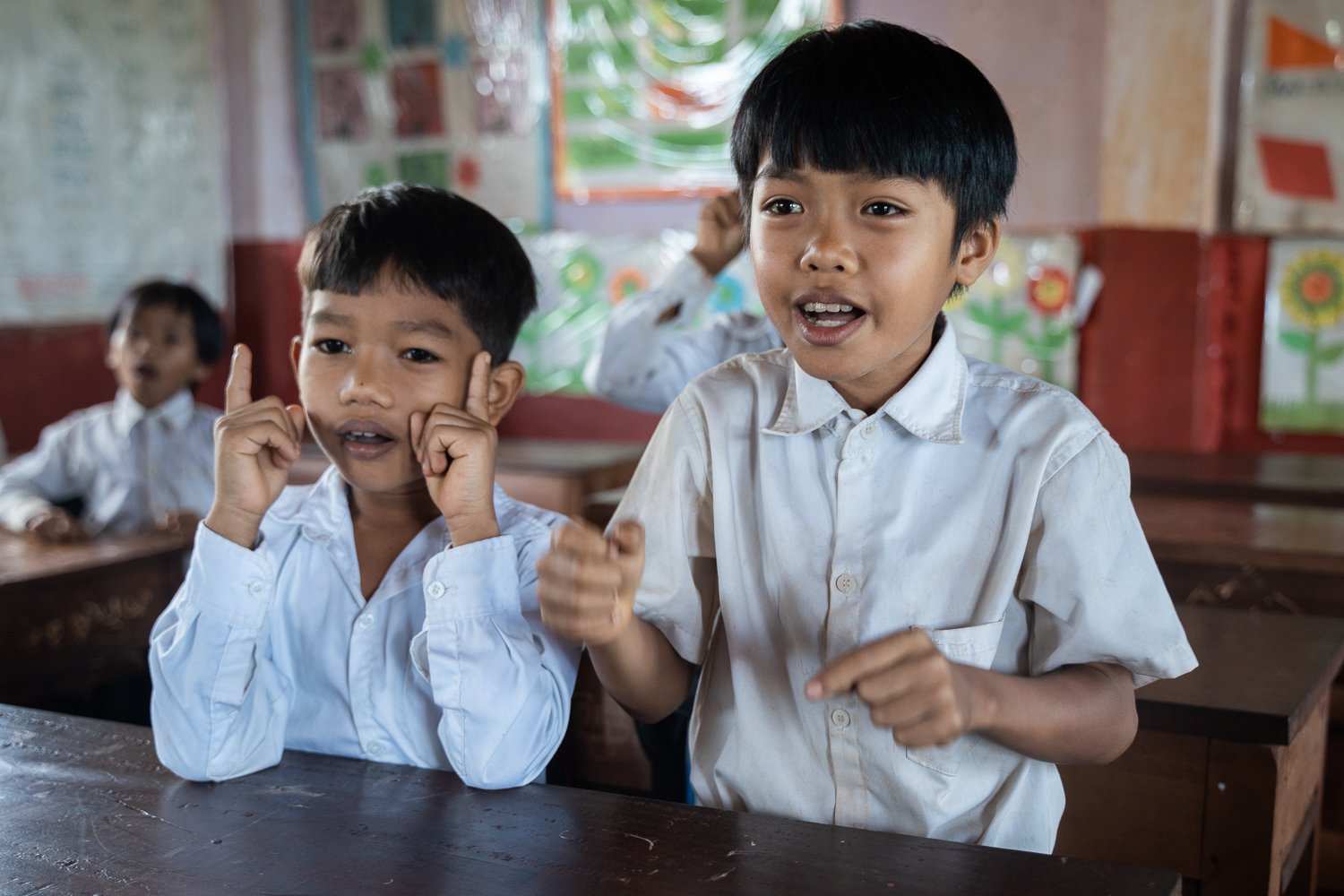
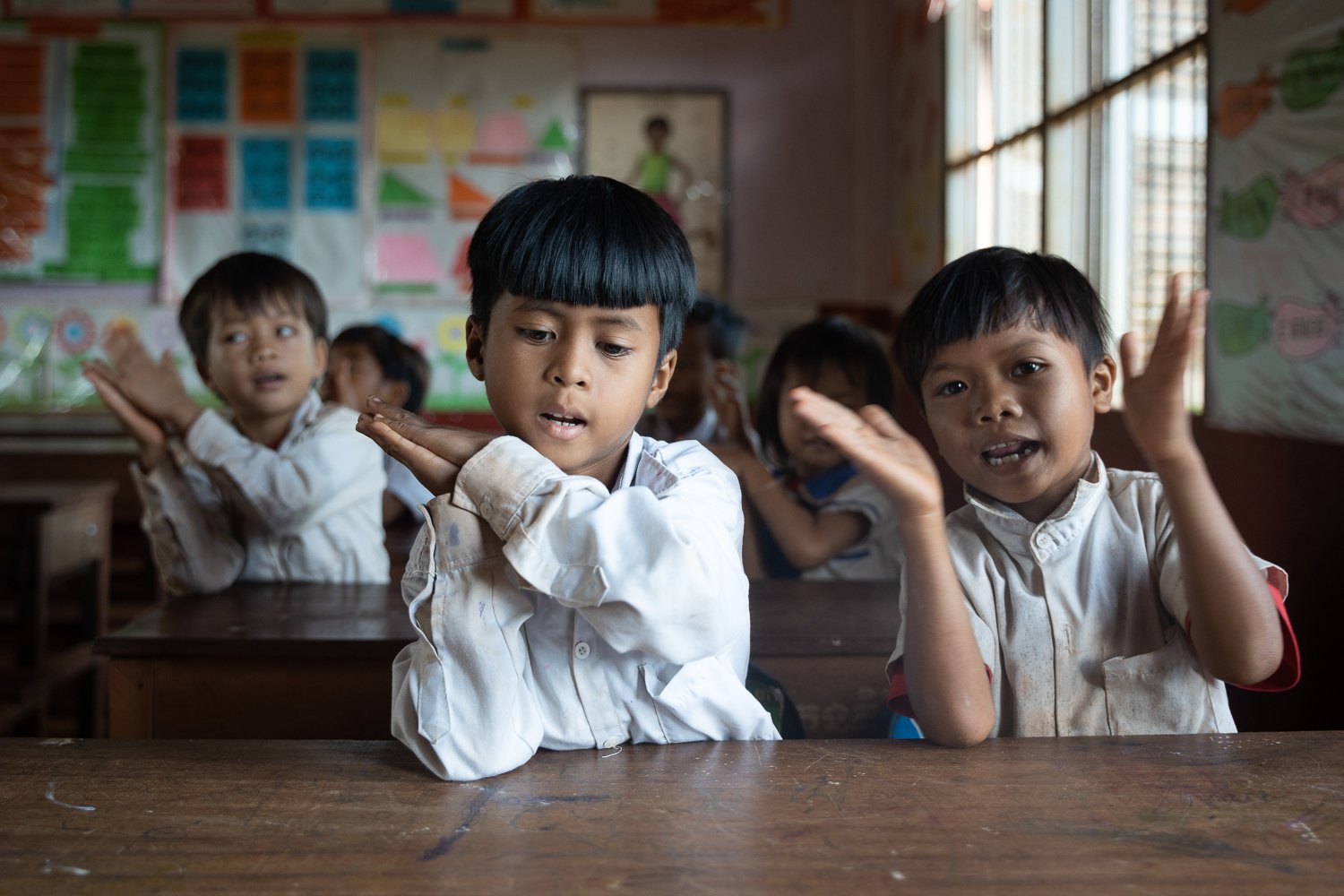
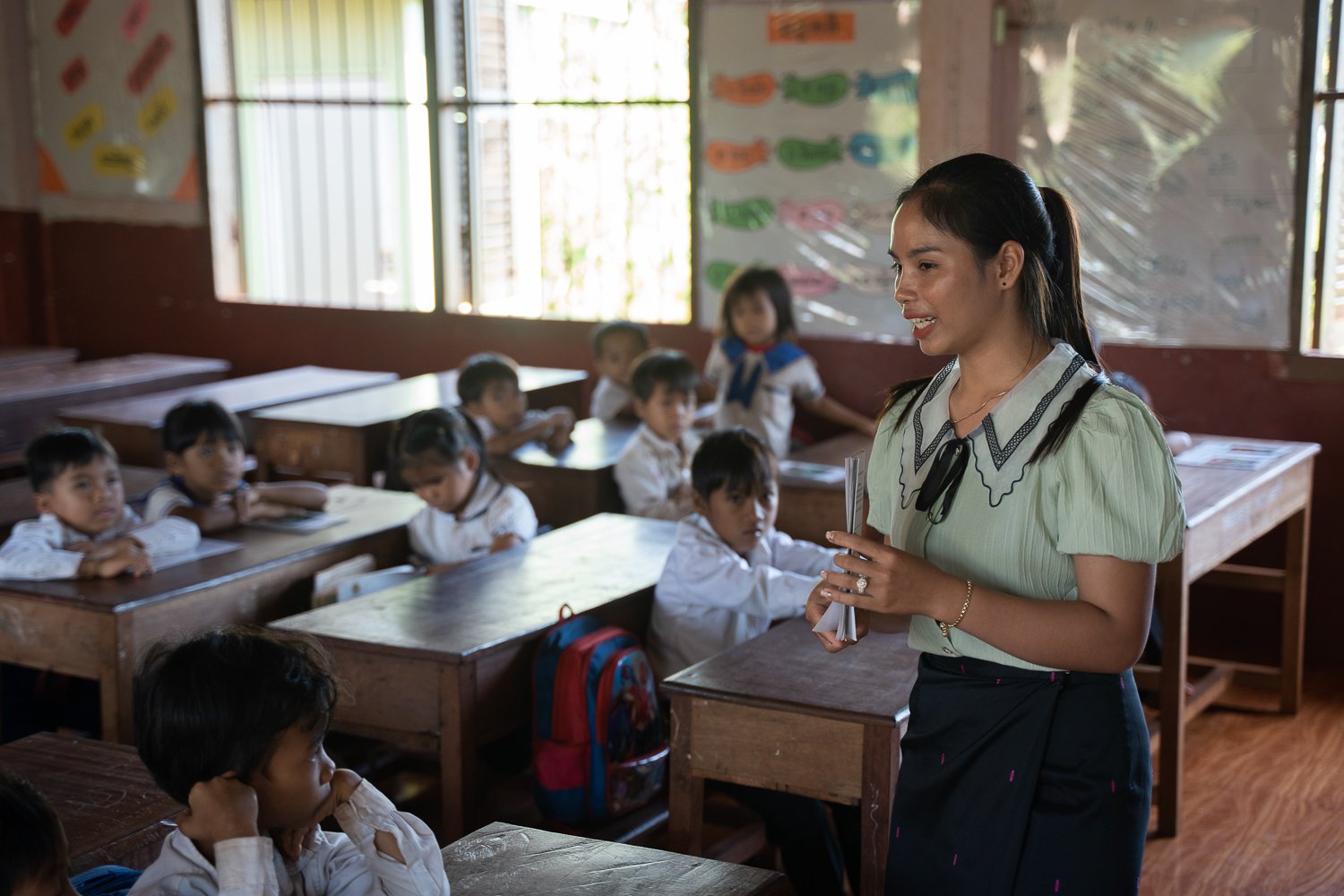
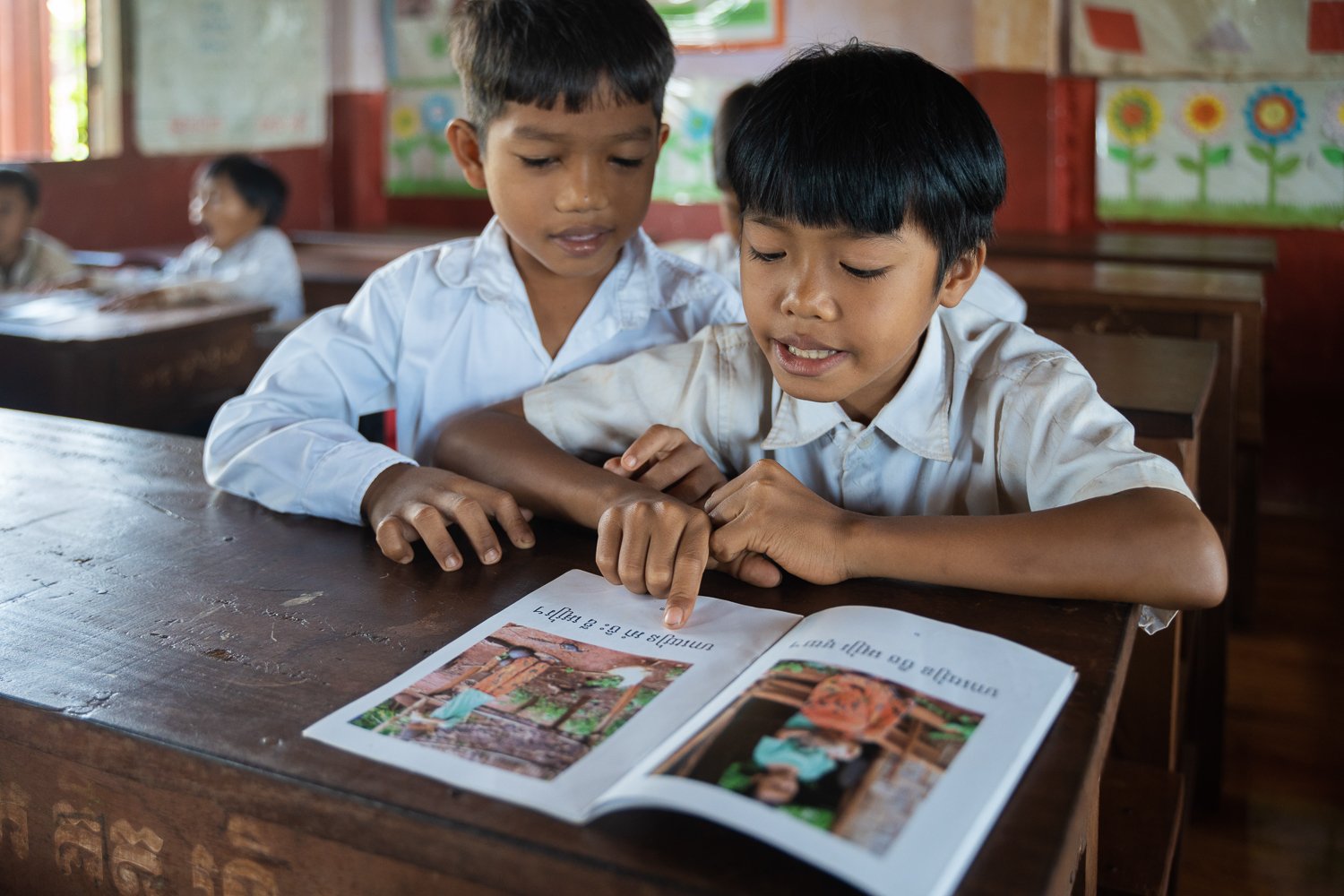
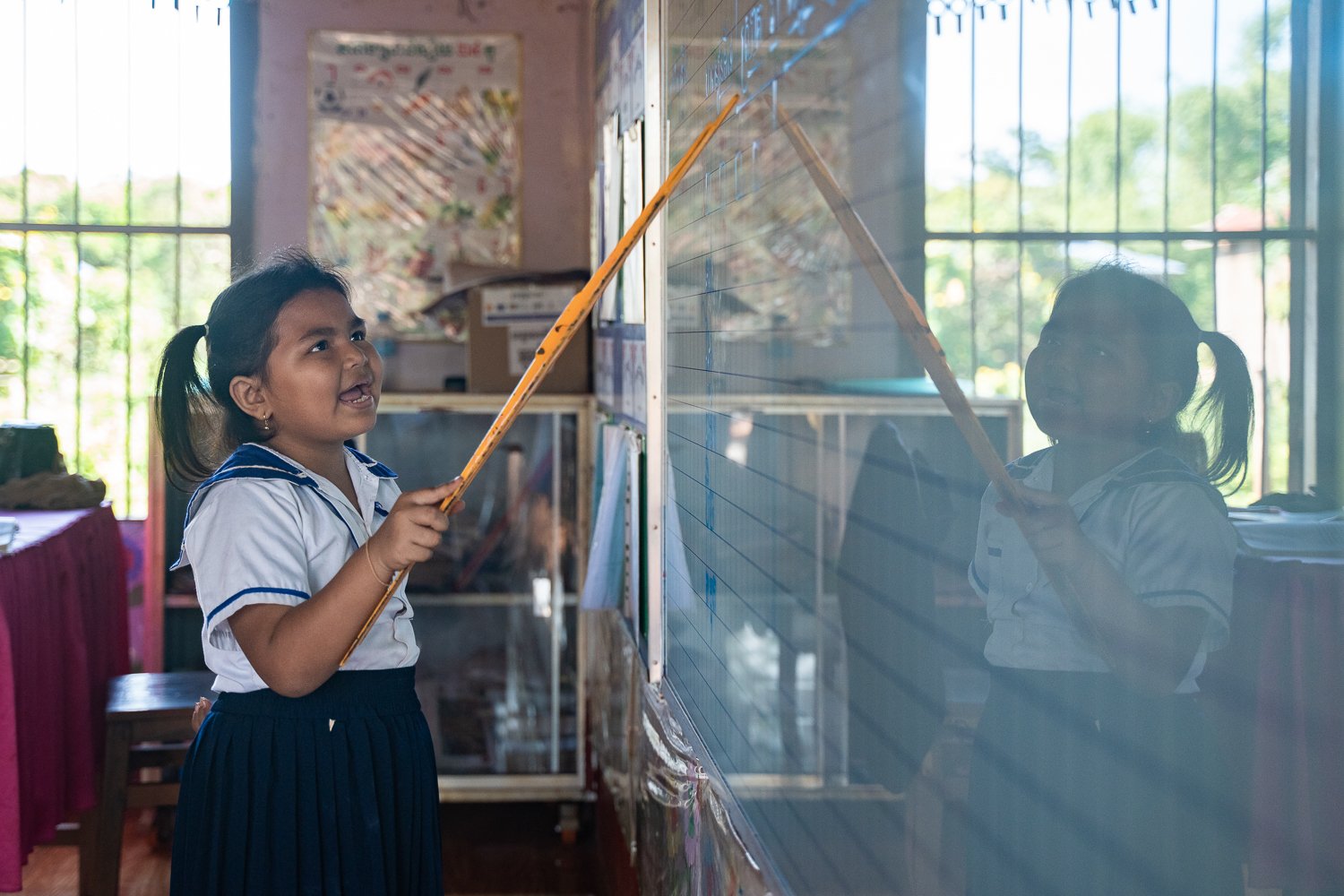
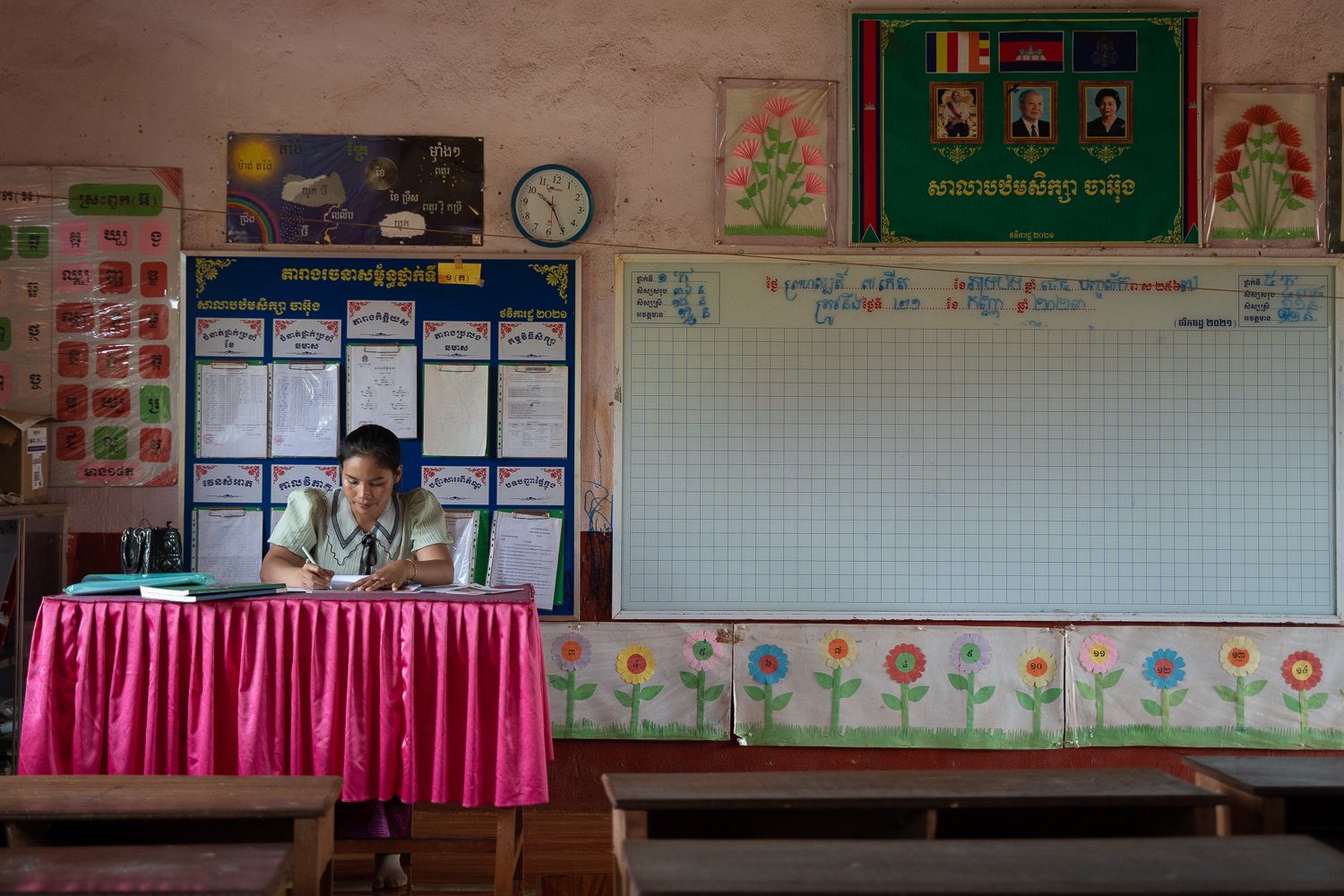
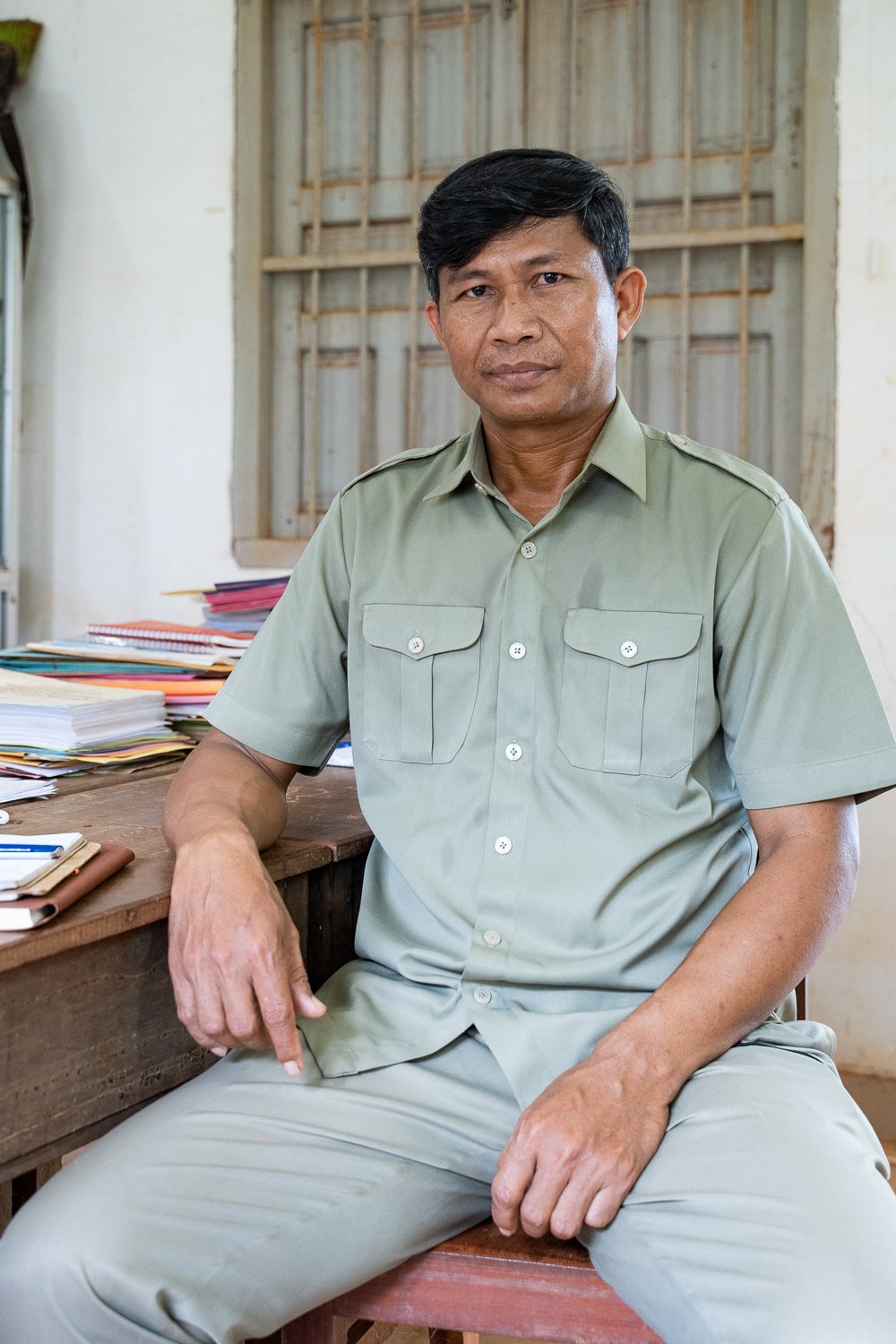
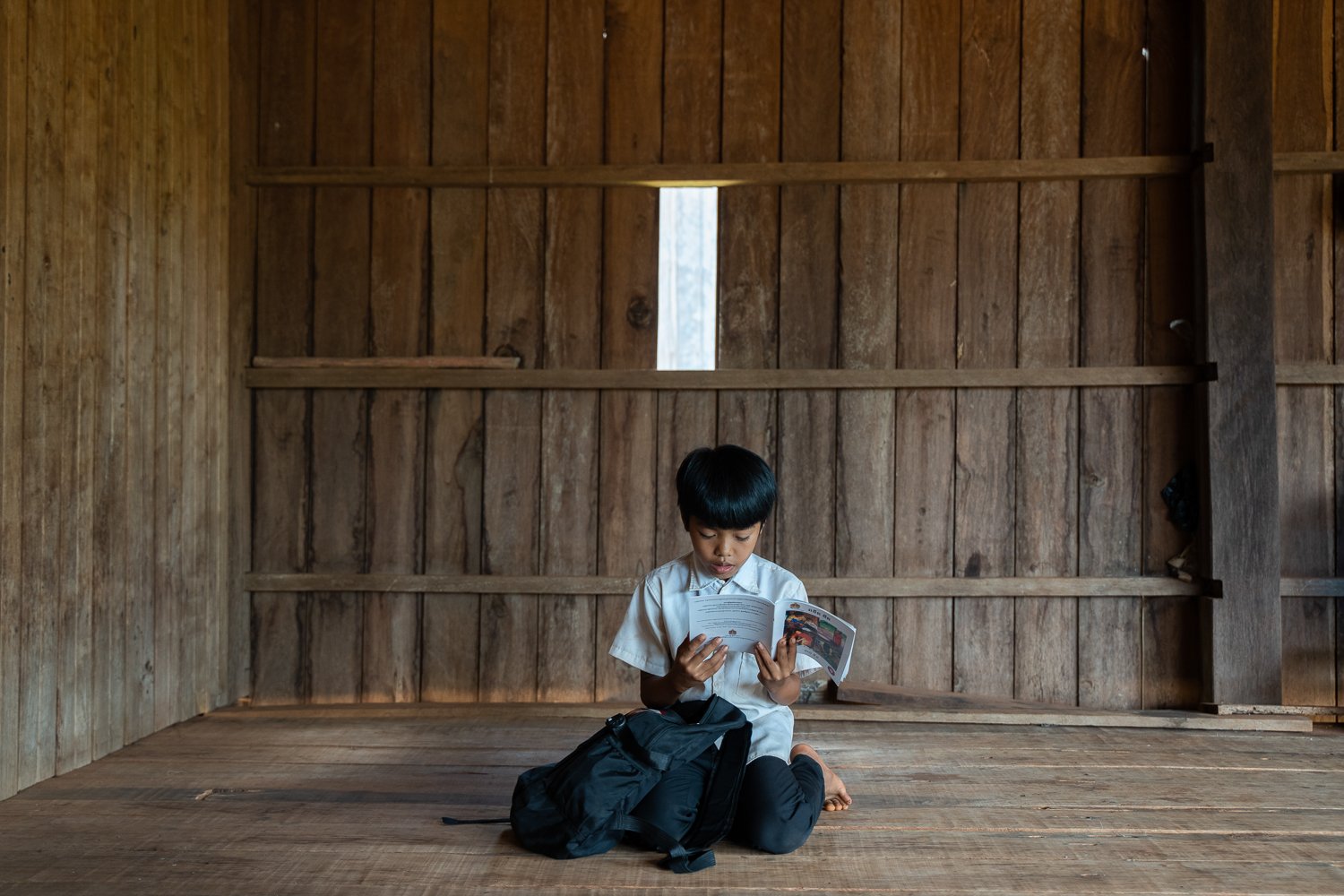
The first time I visited Ratankiri Province was when I was working with UWS as a videographer. The beauty of the Stoeng Ta Pok river left a lasting impression on me, so I was more than happy when FELM contacted me and asked me to work as a documentary photographer in the province for them.
The work for UWS was to show the schools they build in remote areas and the education projects they run, so I was on familiar ground when FELM, a Finnish NGO, asked me to photograph their bilingual education programme.
FELM have an interesting development model whereby they select and support local NGOs who run projects they believe in.
The partner for this project is International Cooperation Cambodia.
The programme is designed so that children entering school learn in the mother tongue for the first couple of years.
This increases attendance and children learn faster while transitioning to a Khmer education.
For the project we travelled to a small village just outside Banlung and took documentary photographs of a class in action.
The teacher and students were great, the classroom was vibrant and I’m really happy some of the photos I took.
After class, we travelled to one of the student’s houses to see how he carries on learning at home. He lives in a traditional wooden house. I’m really happy with the portraits as the natural light is great and the tone of the wood gives the images warmth.
As part of the assignment, I also photographed commune and provincial levels officials as their support is essential to the implementation of the project.
I enjoy working on education projects as the positive impact is often very apparent. You can see some work I did for World Food Programme here.
In the Field - NGO Photography for FELM's Mushroom Cultivation Initiative, Ratanikiri, Cambodia
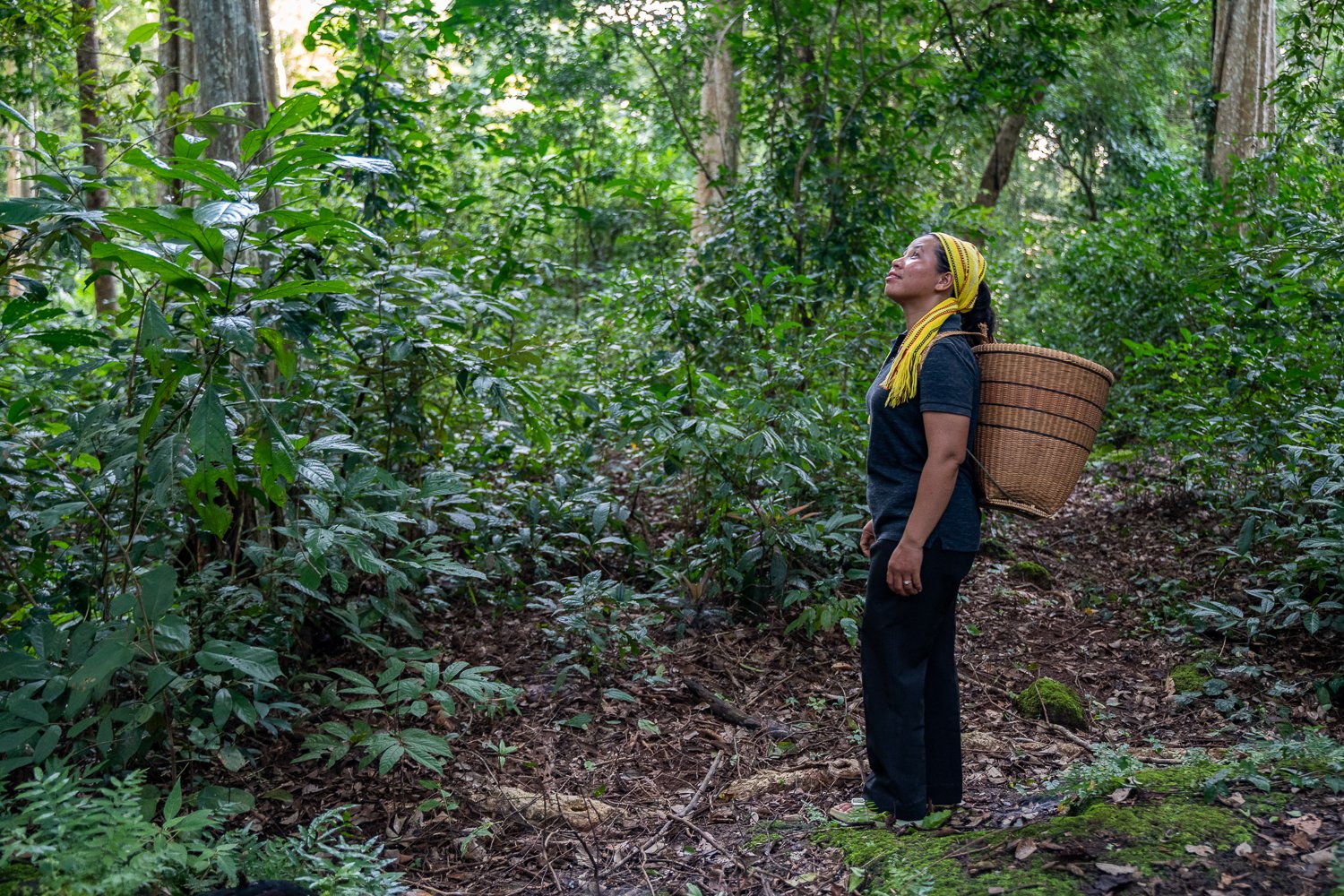
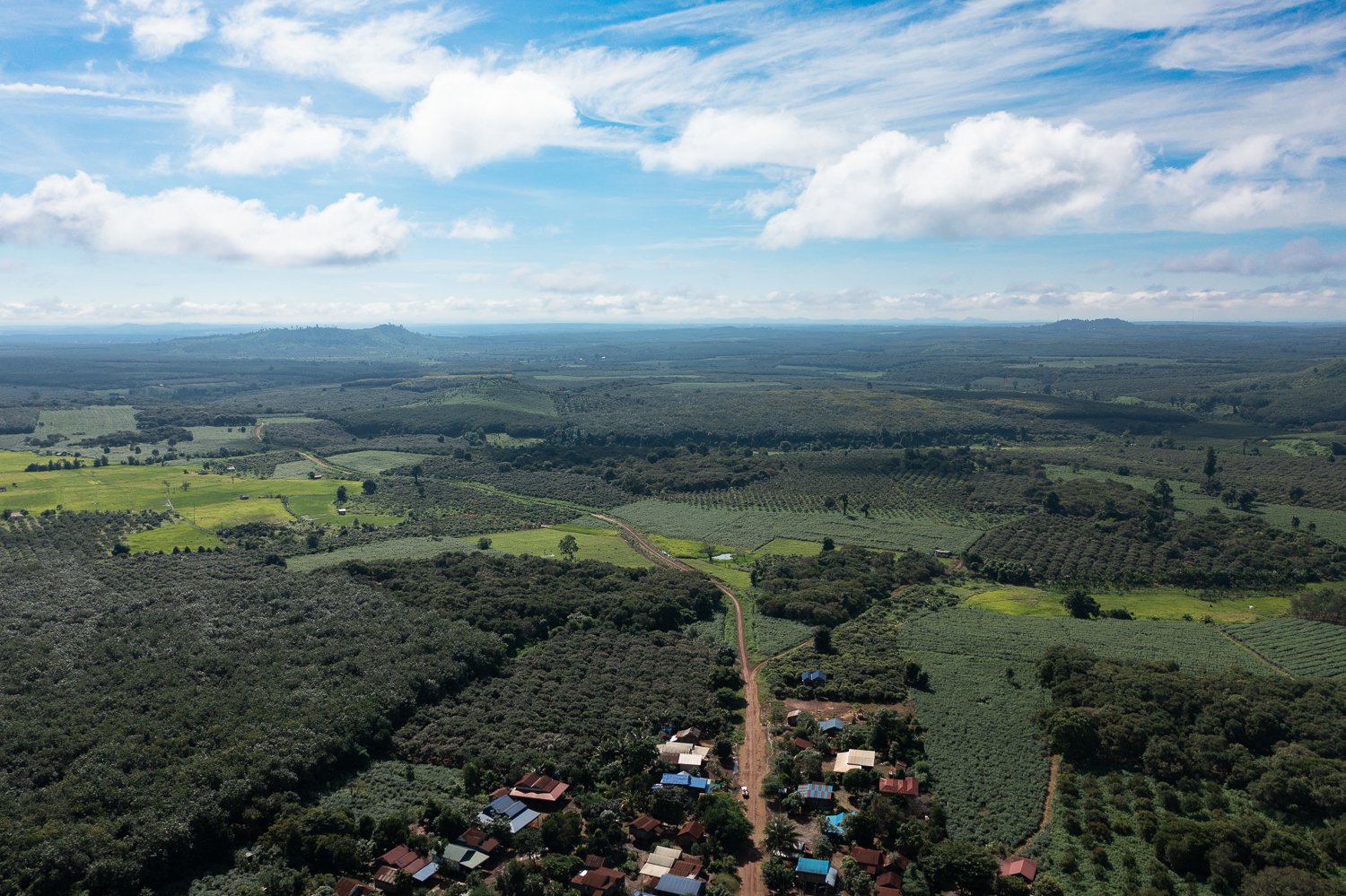
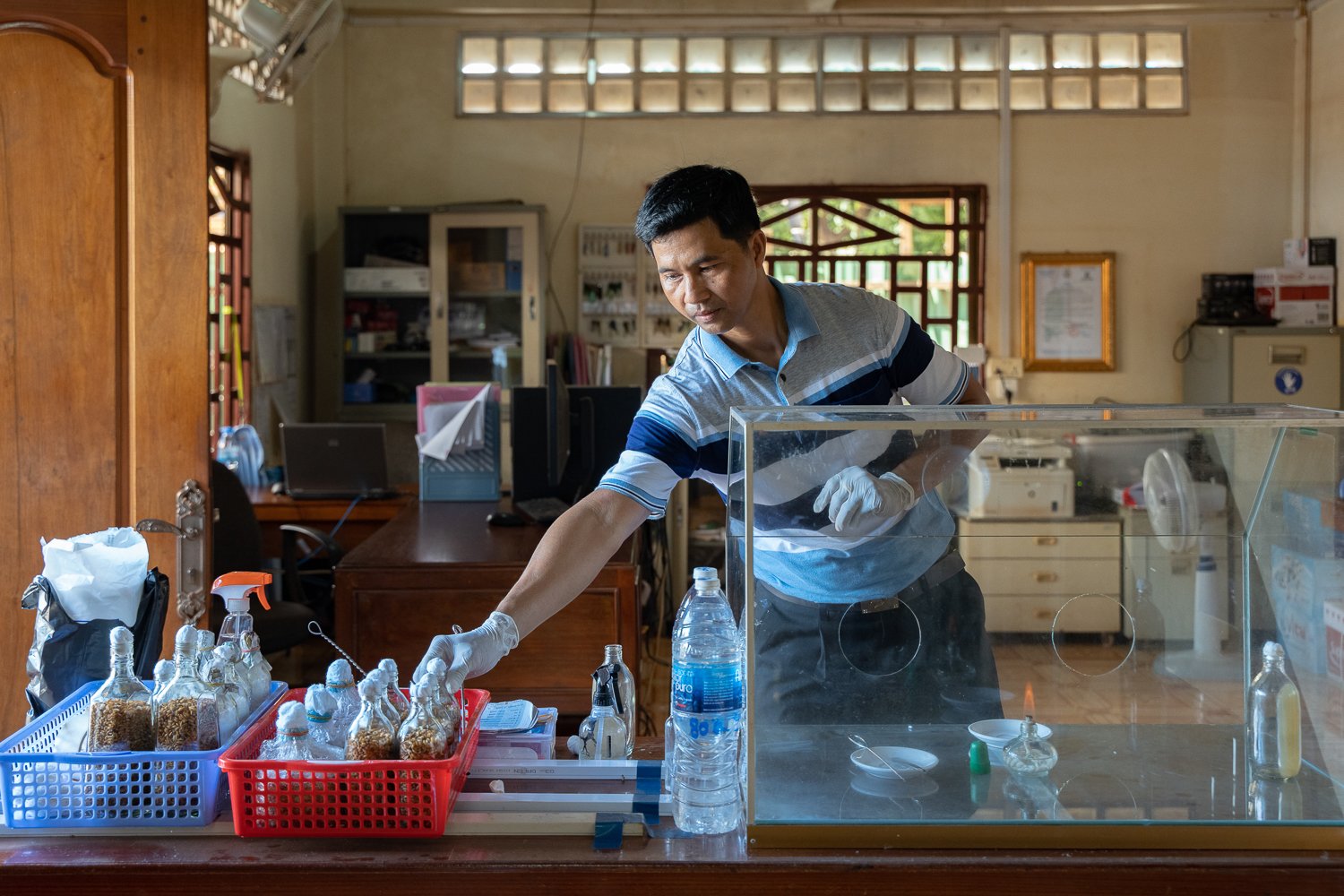
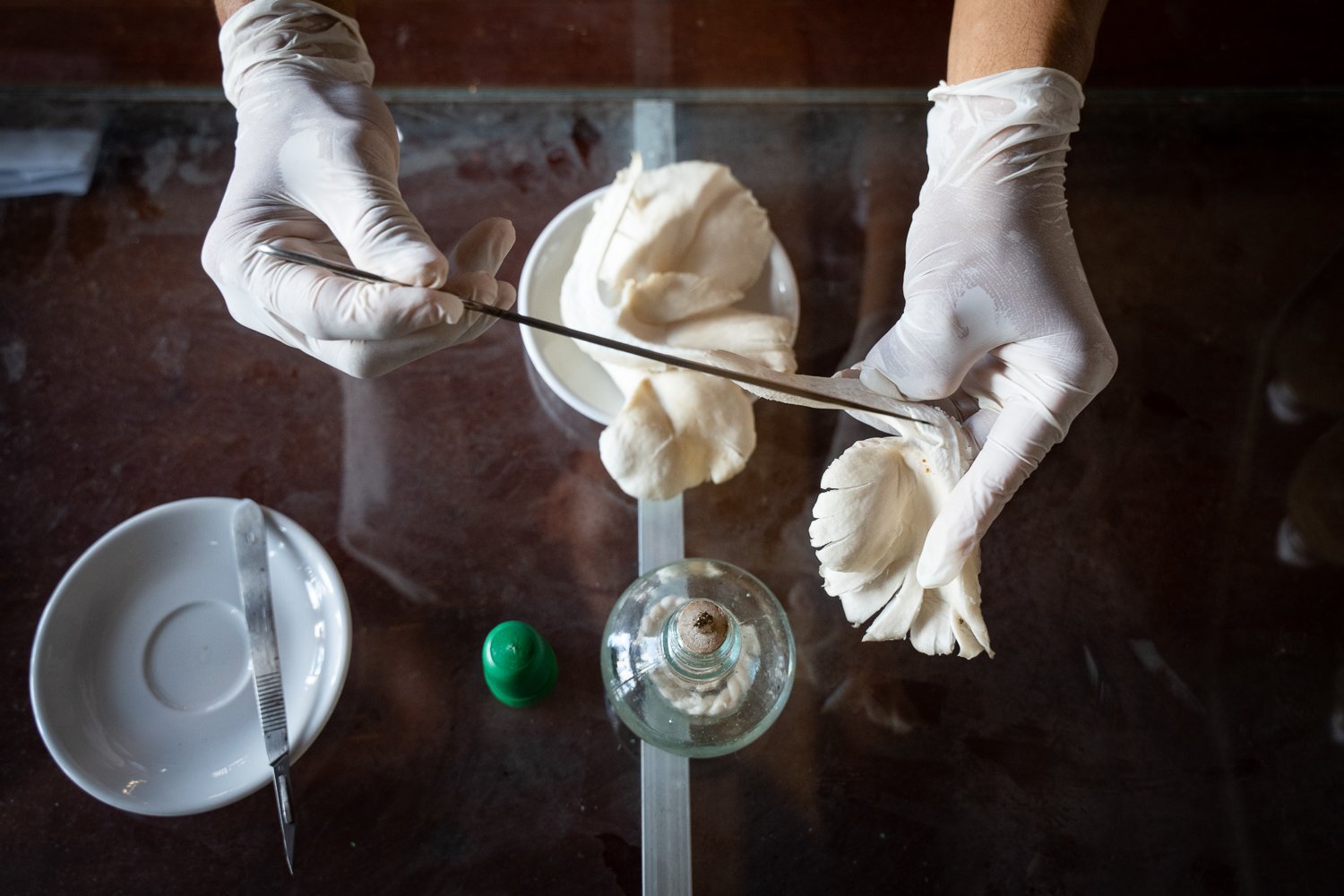
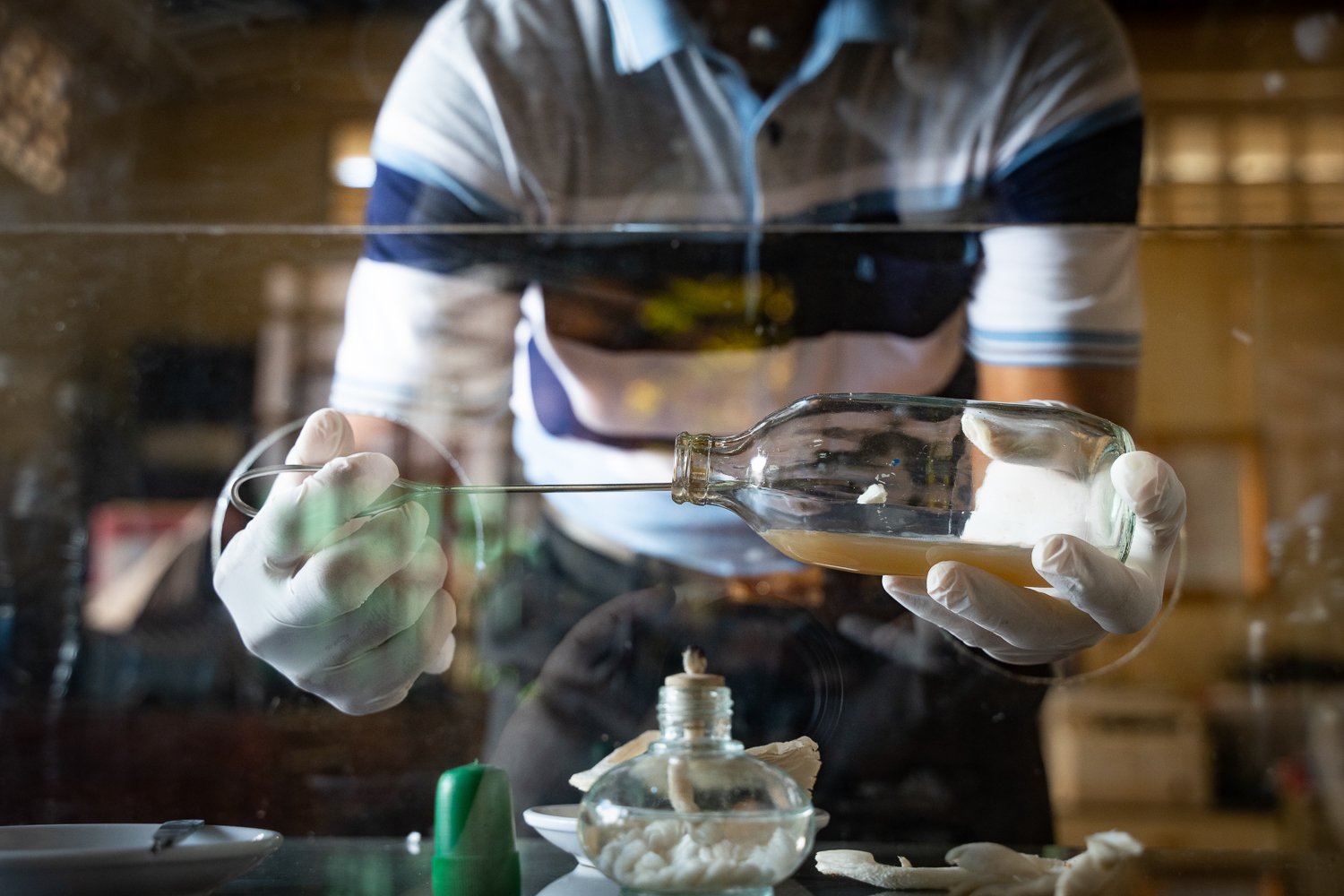
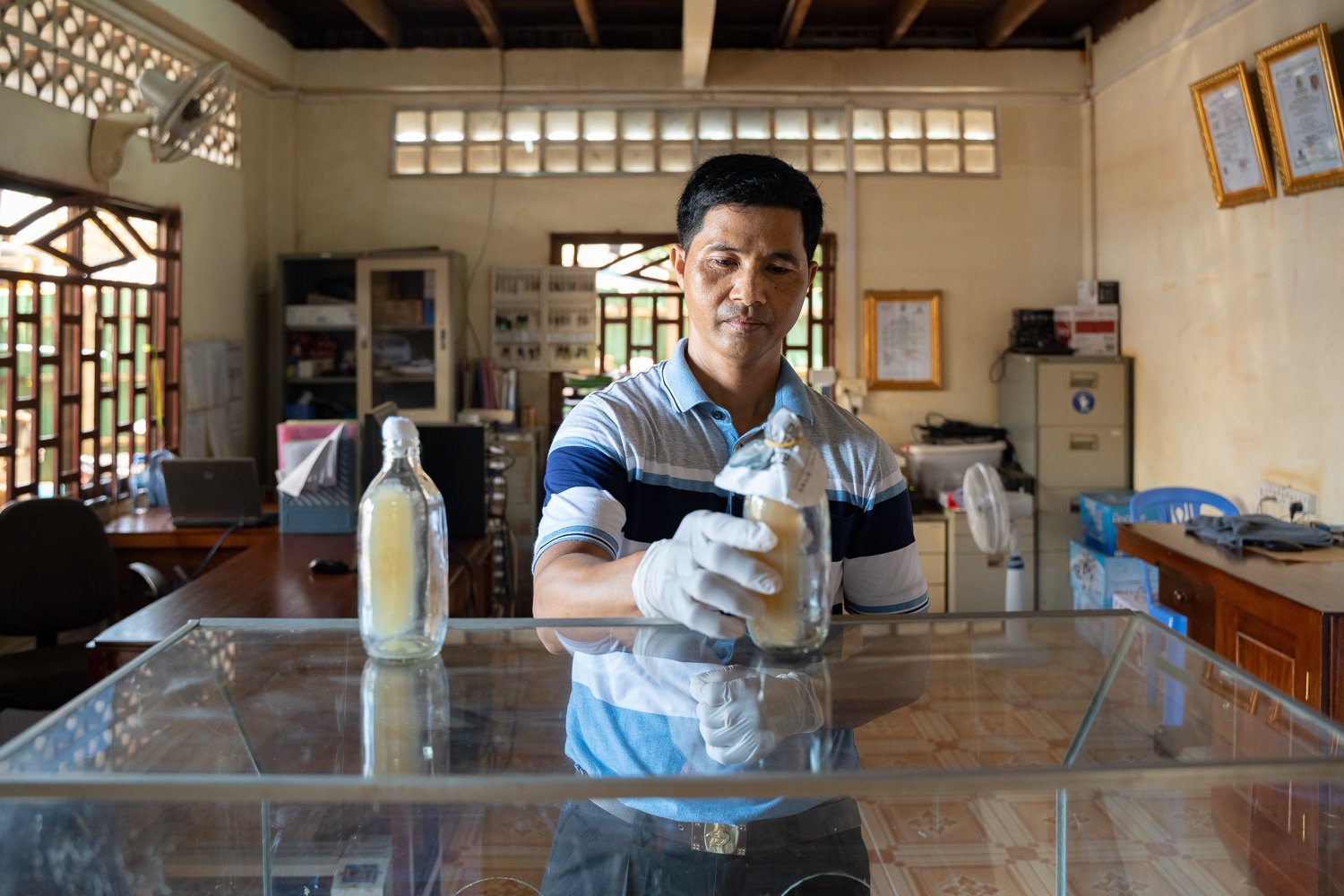
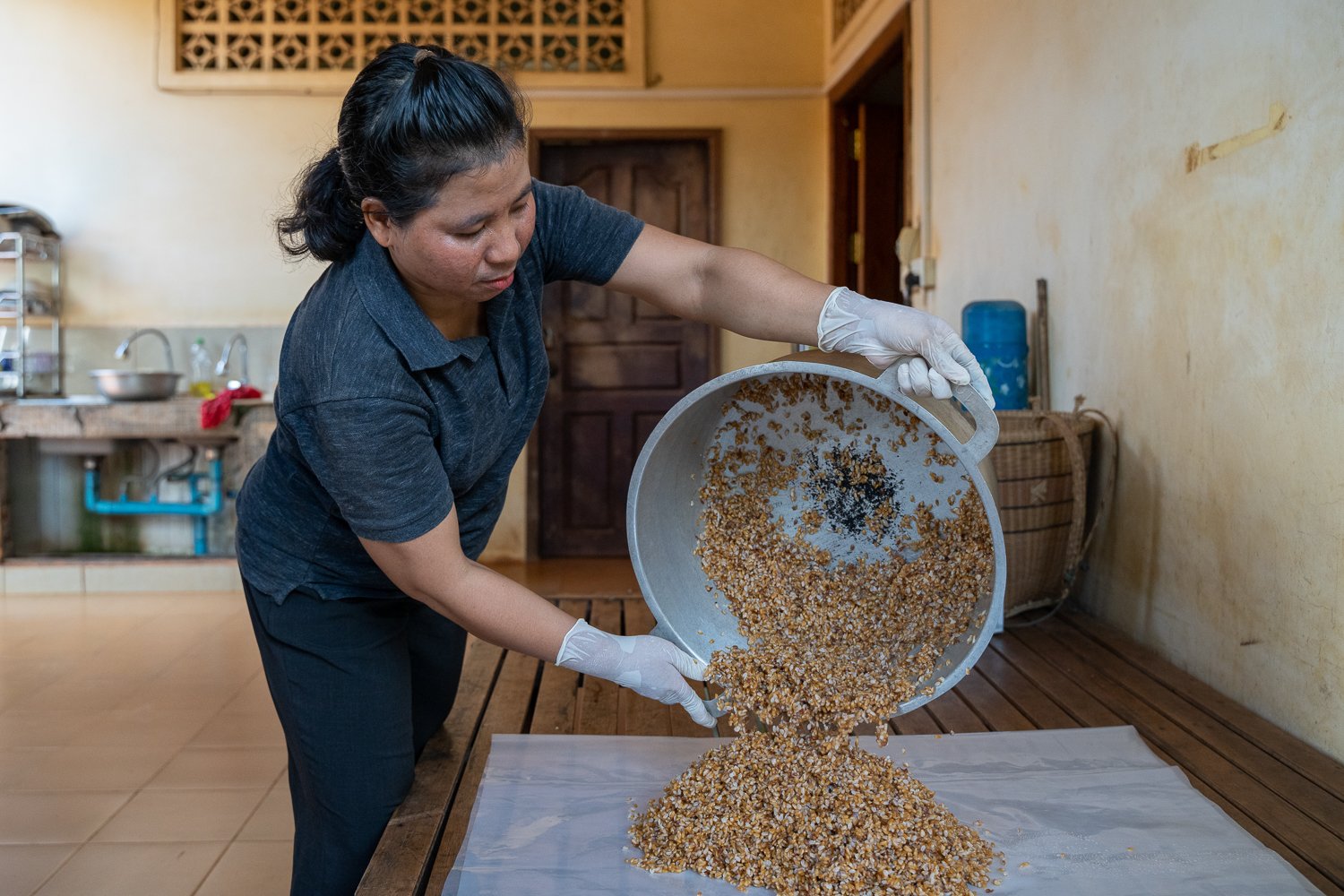
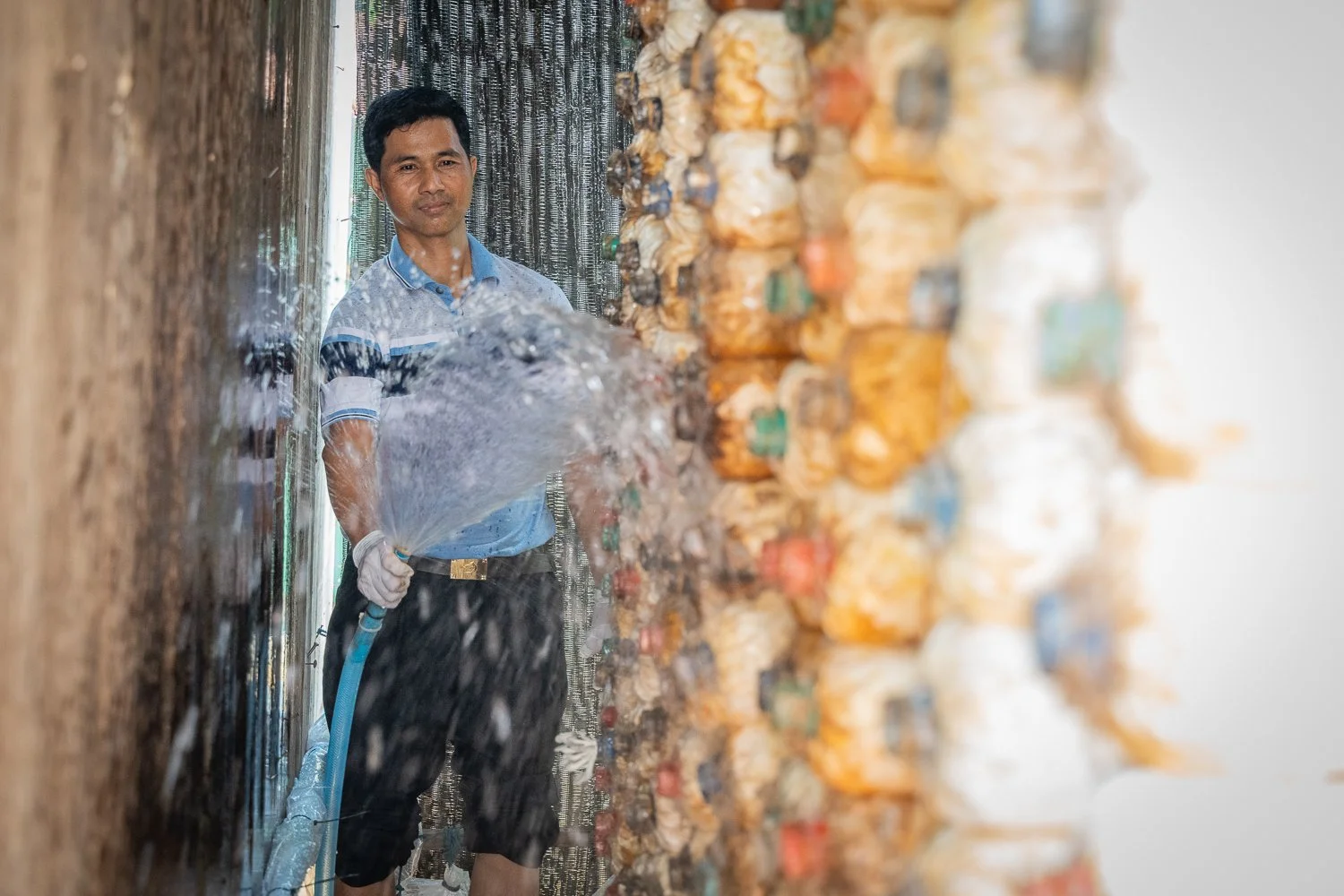
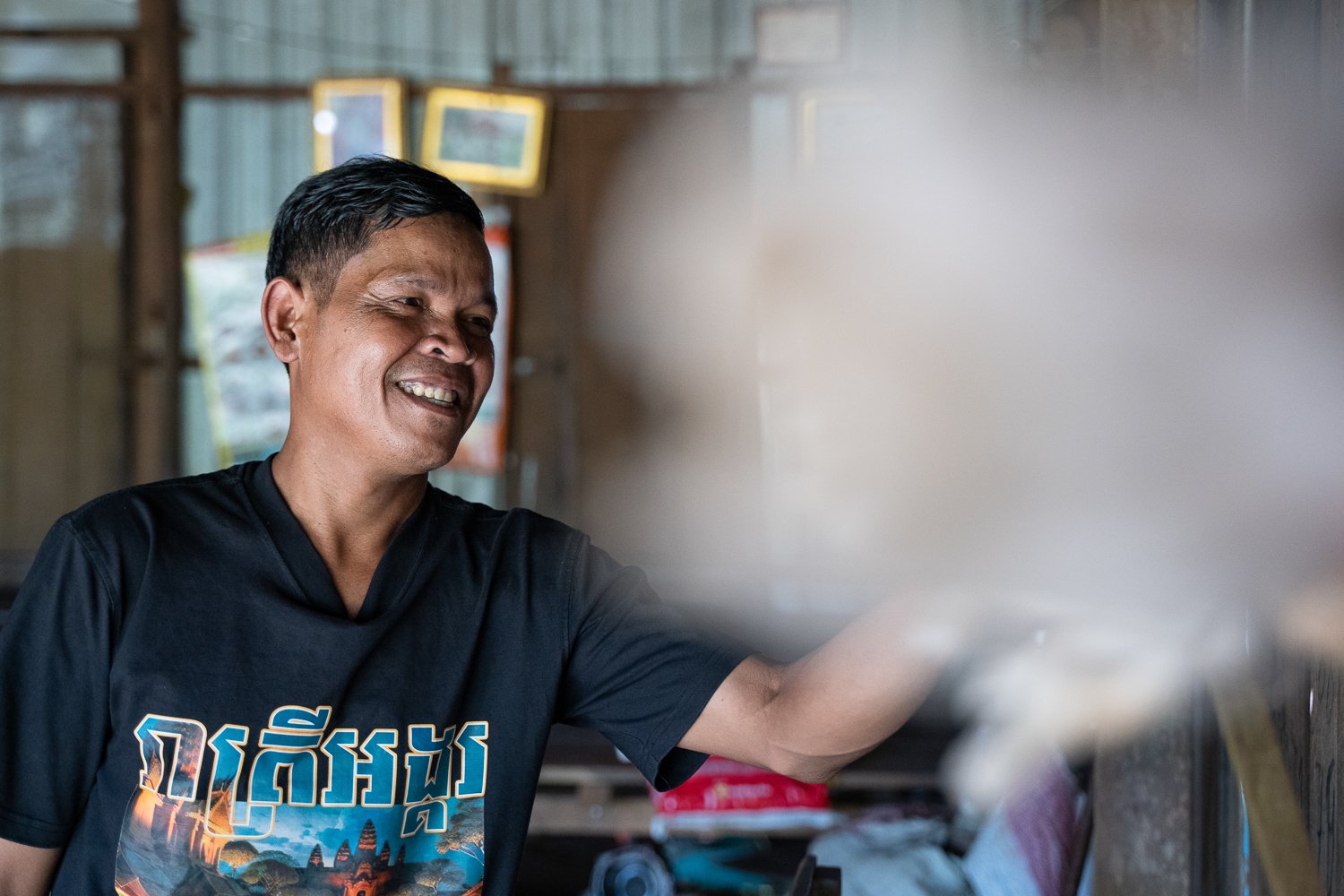
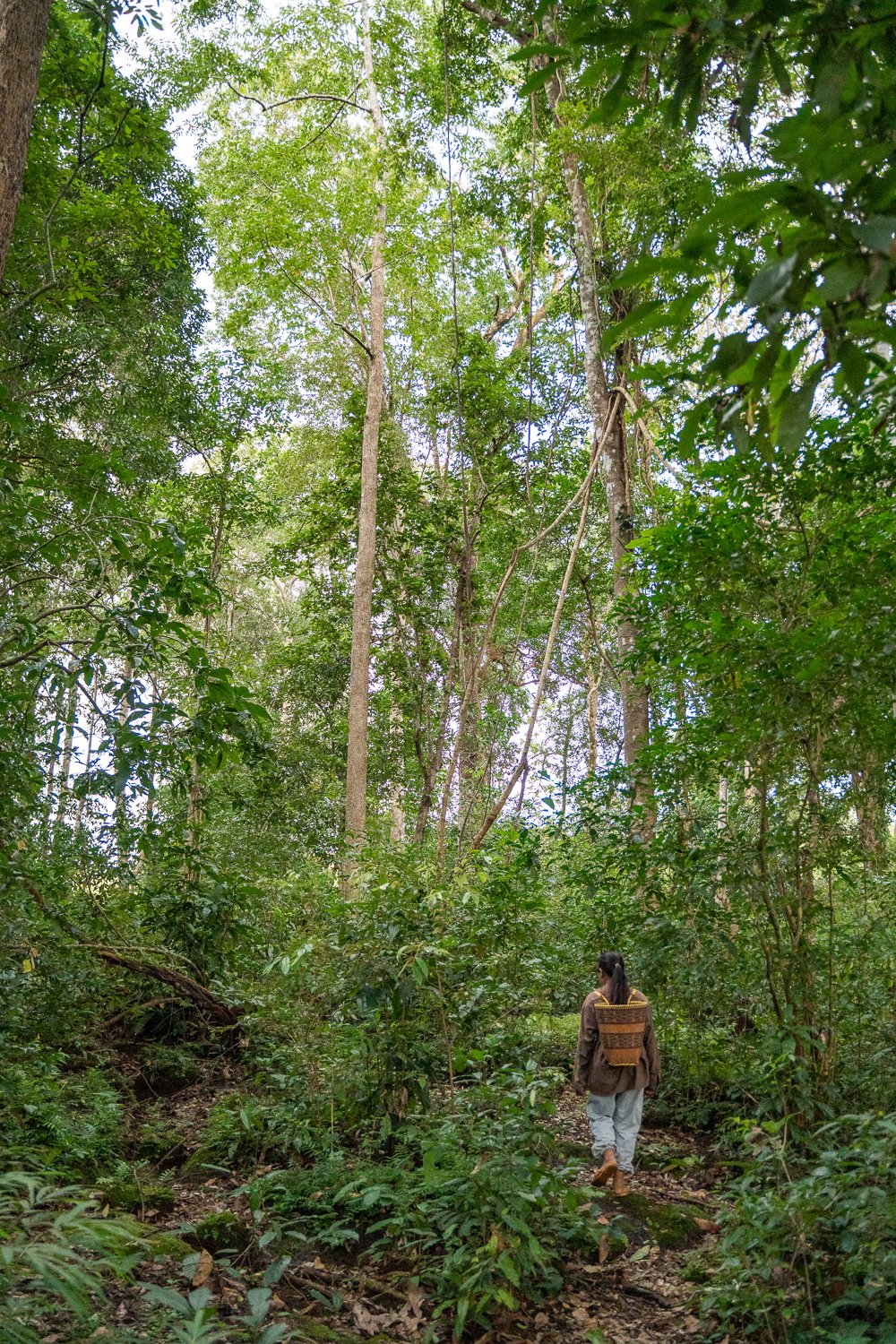
Spending time in the forests of Ratanikiri bought back memories of the extended periods I spent in the forests of Mondulkiri for Last of the Elephant Men.
Then I was working as a director, camera operator and Steadicam operator, this time I’d been assigned as an NGO photographer to document FELM’s mushroom cultivation programme.
FELM, a Finnish NGO, identify partners in the countries they work in and supports them in implementing their projects.
The implementing partner for this one is Integral Cooperation Cambodia, a Phnom Penh based NGO with an office in Banlung.
I arrived at their office to photograph the mushroom cultivation process.
I’m not entirely clear on all the steps, but Nin Samreth, the team leader on the Climate Resilient and Sustainable Indigenous Livelihoods-project, led me through the process while I took photographs of the process and portraits.
Sorl Nhoy, a project officer on the Climate Resilient and Sustainable Indigenous Livelihoods-project, also lent a helping hand. She showed me various parts of the process while I got on with my work as an NGO photographer.
Essentially, they put mushroom culture into sterilised bottles full of straw. The mushrooms then propagate before they can be transported to indigenous communities where they grow them in wall gardens.
After seeing the process at the office, we took a short ride out of town where I photographed Pun Savy at his house where he grows mushrooms.
The visit was rounded off with Pun Sayy taking a basket of mushroom round to his neighbour’s house where they prepared soup.
It’s increasingly important for indigenous people to have alternative food sources as the land they have to farm is getting smaller and climate change is making food production increasingly unpredictable.
You can see other examples of the NGO photography work here.
Collaborating with WHO on a Video Case Study About Malaria Prevention in Siem Pang, Cambodia
This was the third time in a bit over a year that I’d been hired by the World Health Organization to work as a videographer on a case study for them.
This time it was malaria prevention in Stung Treng Province following Chan Sophal, who supports The Mekong Malaria Elimination (MME) programme at the provincial level.
Sophal works with remote communities close to the Lao border in Stung Treng Province.
‘I am stationed in Stung Treng Province, with a focus on Siem Pang, which is a malaria hotspot’, he says.
Sophal works closely with the head Siem Pang Health Center and the nurse in charge of the malaria elimination programme.
‘We plan our outreach campaigns together’, he says.
It was a great experience to work as a videographer for WHO and get to follow Sophal to some of the remote villages he works in.
Siem Pang itself is very remote, but it took a small ferry, a horse and cart and small boat to get to some of the highest risk communities.
As part of the Last Mile to Malaria Elimination, Sophal and his team of Village Malaria Workers (VMW) focus on the target group of men aged 15-49 years, who go regularly go into the forest and are the most likely to catch malaria and transmit it in their community.
‘We educate and encourage them to take preventive medication before they go to the forest or other high-risk malaria areas. They have never heard of preventive treatment, so taking the medicine when they're not sick worries them a lot. It is important to build trust so the community believes the medicine is good for their health,’ he says.
The medical care and education they provide is a key factor in helping to eliminate malaria in Cambodai.
This isn’t something Sophal takes lightly.
‘The work I’m proudest of is the contribution I’ve madeto eliminating malaria in Stung Treng Province’, he says.
For me working as a videographer on projects like this is a pleasure. Sophal and his team are dedicated in their work, they’ve won the trust of the communities they work in and their efforts are having a genuine impact.
Here’s a shorter version that was used as part of WHO’s 75th annievrsary social media campaign.
